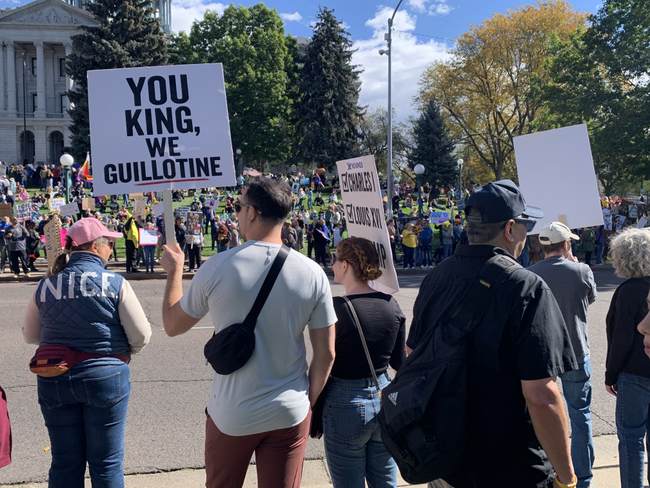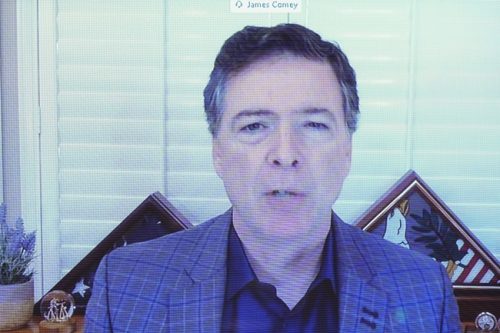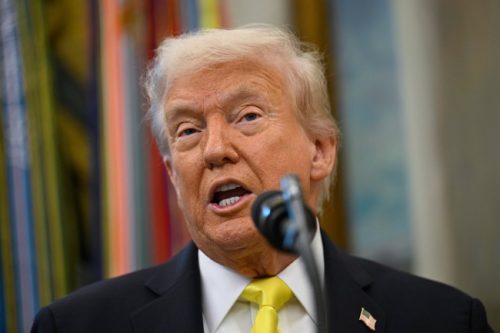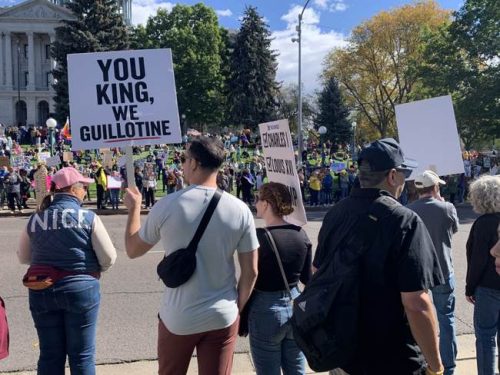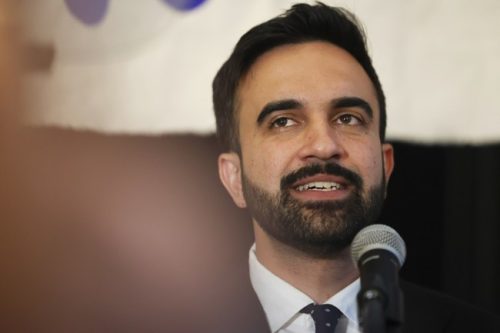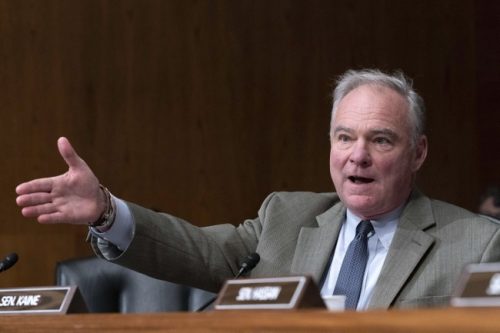When Did the DC “No Kings” Weirdo Fest Wrap Up? Here’s the Likely Reason.
Last weekend brought another round of the “No Kings” rallies in Washington, but the turnout and stamina didn’t match the hype. Crowds thinned quickly, many leaving long before evening events that organizers surely planned for. Watching it play out felt like being at a show where half the audience fell asleep during intermission.
I spent the weekend off the political treadmill, like millions who are not glued to social feeds or living in perpetual protest mode. The national reaction matched that private indifference: lots of noise online, very little real-world consequence. The spectacle fizzled because most Americans have regular lives and priorities that don’t include constant outrage.
Part of the chatter blamed cultural figures for fueling the drama. The actress Sydney Sweeney, who did a jeans ad and was labeled a Nazi because she is white and blonde, is one of the people who pushed that nonsense. Ridiculous branding like that only highlights how desperate some activists are to manufacture enemies where none exist.
Just came back from No King rally in DC. Here are my observations.
• it’s true I didn’t not see a king.
• The crowd was not that big and street parking was not hard to find.
• Majority of the people are white.
• There are too many older people—60s radicals I guess.
• There… pic.twitter.com/E2yOaZzYgE— Xi Van Fleet (@XVanFleet) October 18, 2025
When a protest is mostly performative, it tends to collapse under its own contradictions. Reporters noted that by about 2:30 pm on Saturday, a lot of people were already trickling away. If you can’t stick around for happy hour, you probably didn’t come for lasting change.
The crowd composition mattered too: public footage showed mostly older protesters who fit the New Left mold, not a multigenerational movement with broad appeal. Calling them “whack jobs” might sound harsh, but it captures the disconnect between their aims and what mainstream voters care about right now. Loud moralizing from a shrinking cohort isn’t convincing America to change course.
Beyond numbers and faces, the messaging was a mess. The movement leaned heavily on grievance and performative purity tests instead of clear policy asks that would win hearts or minds. When your main tactic is theatrical indignation, people who want solutions tune out.
And yes, some of what showed up on camera was embarrassing and revealing about the movement’s real character. That kind of footage undercuts any claim of moral high ground and makes the whole affair look less like a protest and more like a carnival sideshow. Voters notice when the performance changes the tone from serious to silly.
Mockery spread fast online because it’s an easy way to point out the gaps between rhetoric and reality. “Also, LOL:” is a fair, blunt response to a scene that tried hard to look consequential but failed to deliver. Humor is a powerful political tool when the opposition hands you the material.
From a Republican perspective, the takeaway is straightforward: performances without substance don’t move elections or policymaking. The country cares more about jobs, safety, and stability than rehearsed virtue signaling. While activists shout, most Americans get on with work, family, and community.
That contrast helps explain why an event billed as a major show of force could end early and attract more online noise than offline commitment. Movements need durable infrastructure, clear messages, and organizers who can mobilize beyond a weekend. Without that, enthusiasm quickly becomes a weekend anecdote, not a political force.
In short, the DC “No Kings” moment looks like another example of modern protest culture running out of steam once the cameras move on. Media cycles amplify the chaos, but amplify does not equal sustain. Until activists pivot from spectacle to strategy, moments like this will keep petering out before they become meaningful.

